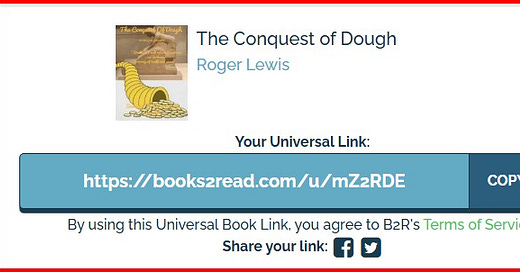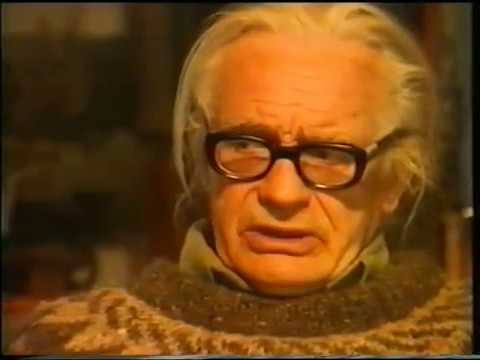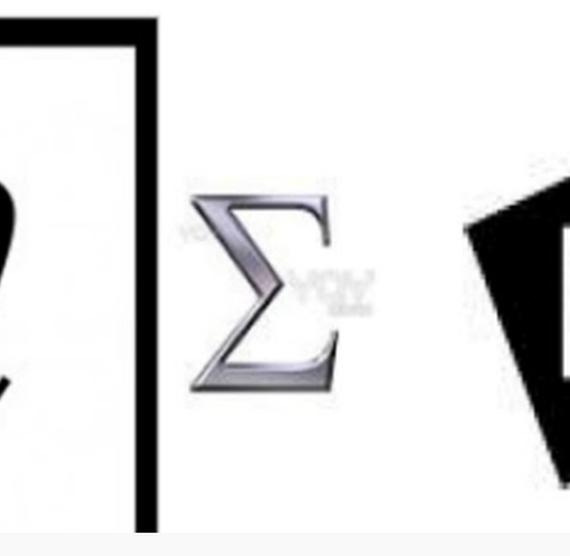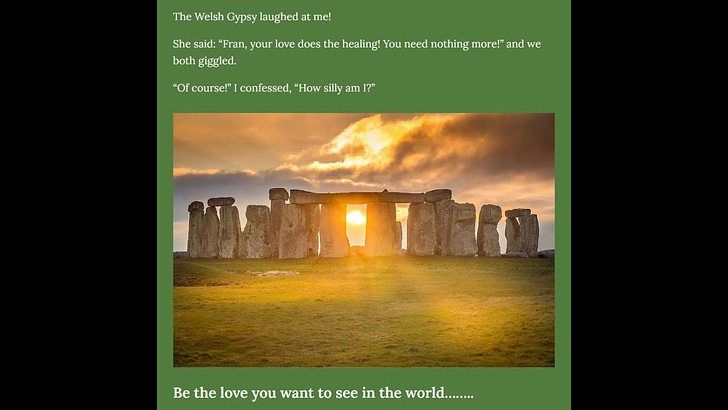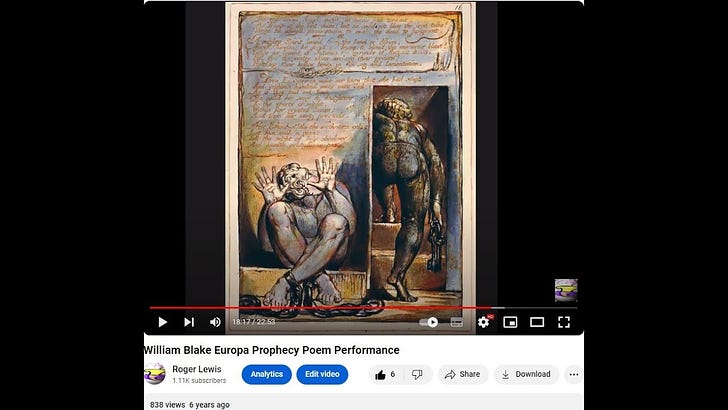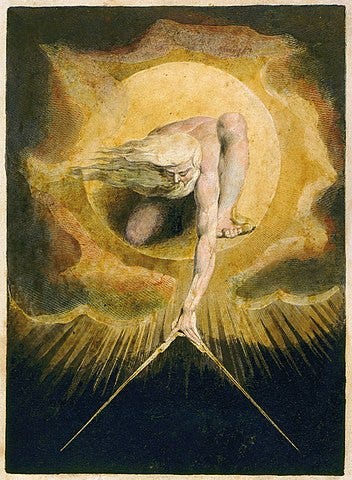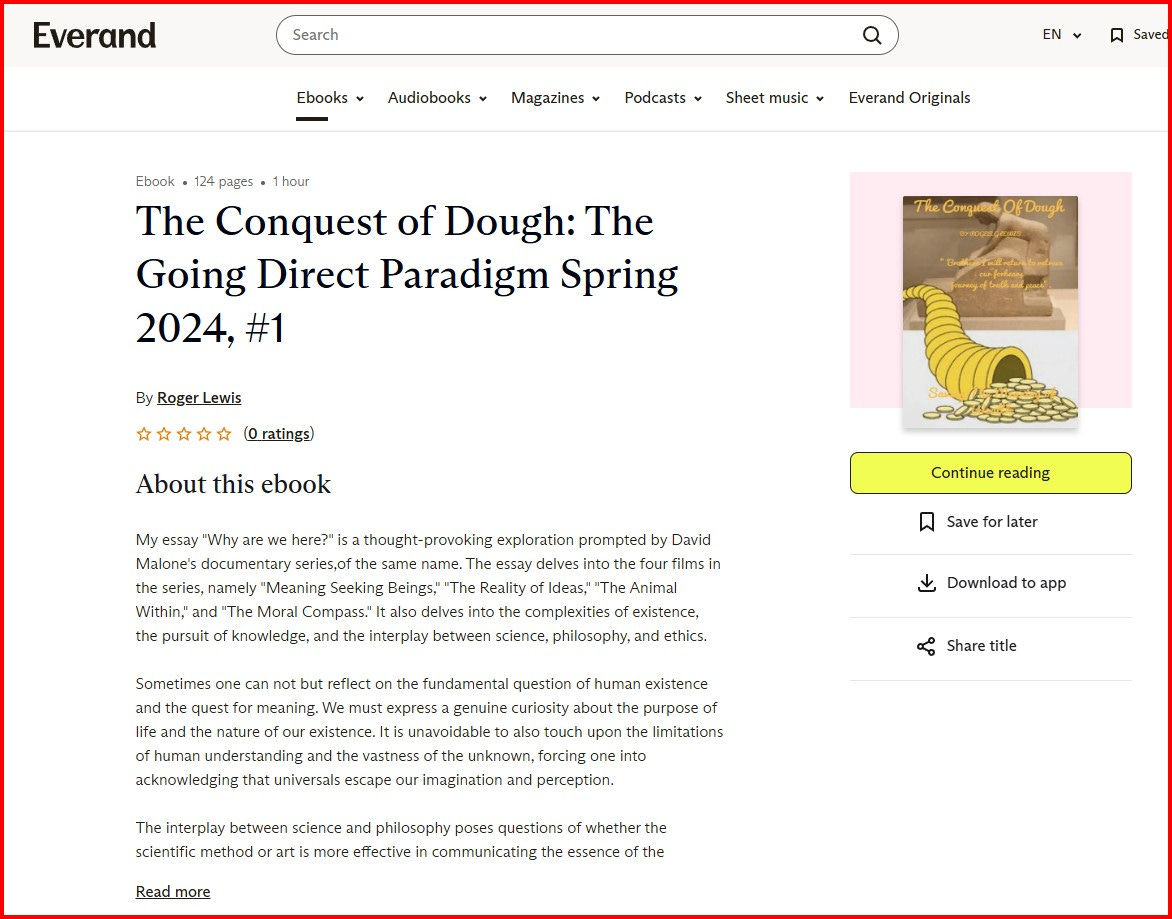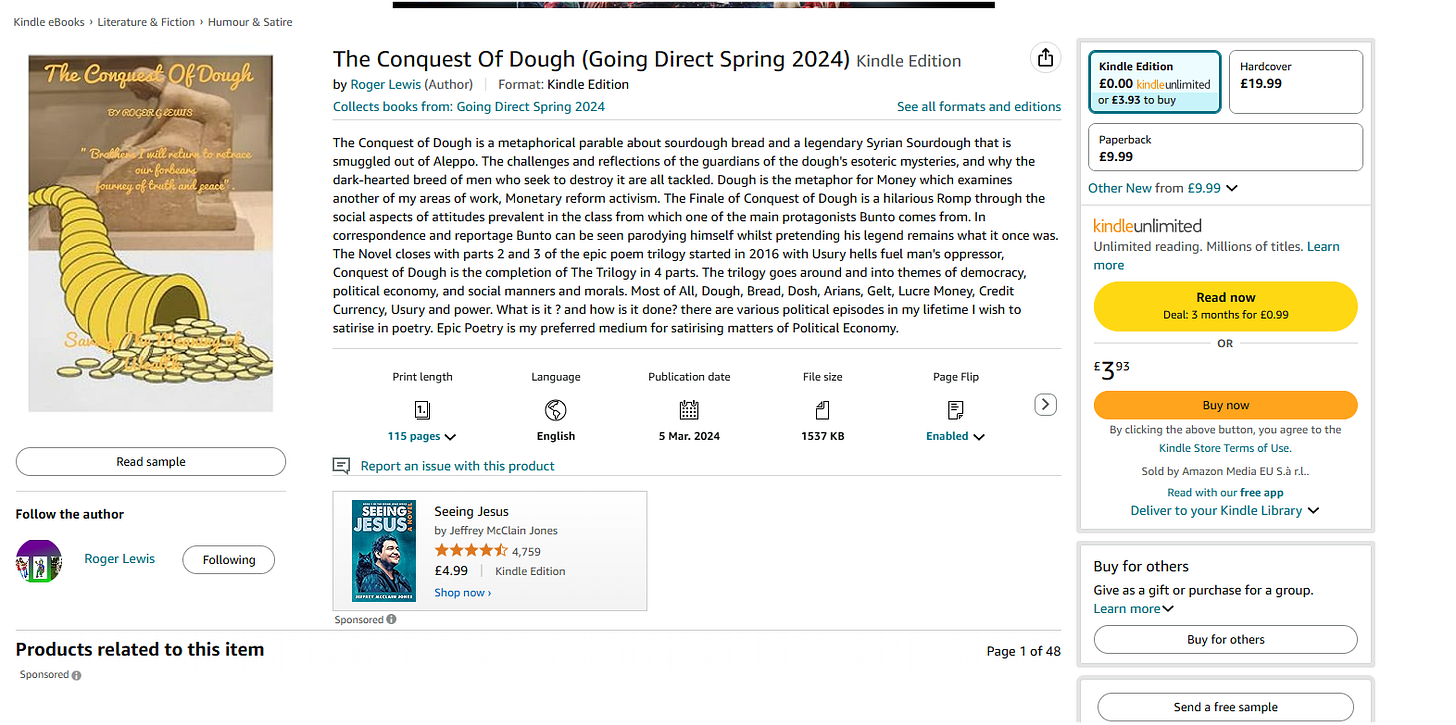The Bichler & Nitzan Archives.
The Going Direct Paradigm, Conquest of Dough and A 15 year Behind Hand review.
https://books2read.com/u/mZ2RDE
מלחמת הקודש המתנהלת בין המיליציות הרבניות לבין המיליציות האיסלמיות הינה מסוג חדש. אבל הדרך למלחמה בעזה נסללה עוד לפני כששת אלפים שנה, בעת שקמו לראשונה משטרי המלוכה-כהונה במסופוטמיה. אוליגרכיות אלה היו הראשונות שיצקו תשלובת חזקה של מלך עריץ בארמון וכוהני אל-עליון במקדש. ילידי המזרח התיכון היו הראשונים בהיסטוריה האנושית שזכו בכבוד להתקיים כנתינים כנועים במשטרי המלוכה-כהונה. אין פלא אפוא שמוצאן של שלוש כנסיות האל העליון היחיד – הכנסייה הרבנית, הנוצרית והאיסלמית – היה באזור זה. ככל שאופי-הכוח המדיני התמסד בקיסרויות המאוחרות יותר, באלף הראשון להולדת האל ישו – בביזנץ, באירופה ובמזרח התיכון – כך עלה והתמסד פולחן האל הריכוזי היחיד ונציגו המלך הארצי שכונה בשמות שונים (מלך, קיסר, צאר, ח’ליף, סולטן ועוד). המשטר הקפיטליסטי במאה ה-21 הוא בינתיים האחרון במשטרי הכוח שנכפו על החברה האנושית.
בראשית דרכו, המיר הקפיטליזם את המשטר הישן של מלוכה-כהונה בדגם חדש של מדינה לאומית (“של כל אזרחיה”). הנתינים הכנועים זקפו עתה גבם והפכו לאזרחים חופשיים. הם החליפו את שכירי החרב המלוכנים כחיילים בחינם במטחנות הבשר של צבאות העם ולחמו במלחמות העולם של האימפריות החדשות. ההון הפך לאל הגדול במקומם של יהוה-ישו-אללה, אשר לא התאימו עוד ליחסי השליטה החדשים. את מקומם של כוהני הכנסייה הישנים ירשו כוהני האקדמיה וכנסיות הרציונליות בשירות שליטי ההון, ופולחן הקפיטליזציה הפך לאבן הכעבה של המאמינים החדשים. אלא שמאז שנות השמונים של המאה ה-20, הלך וגדל הקיטוב בין קבוצות ההון הדומיננטי לבין אנשי התחתית המתרבים ושכבות הביניים המצטמקות. המדינה הלאומית נמצאת מאז בתהליך פירוק ובמקומה צומחת מדינת ההון האוליגרכית. יחסי השליטה החדשים מבוססים על פולחני הניאו-ליברליזם והפוסטיזם, ומנגד על כנסיות אל עליון יחיד הישנות המעוצבות בלבוש חדש. מכאן מתחילות “מלחמות הדת” החדשות המנוהלות ברחבי העולם על ידי מיליציות בחסות ובמימון שליטי ההון הדומיננטי.
בספרים קודמים עסקנו בתהליך המרכזי של הקפיטליזם העולמי, שהוא גם המנוע העיקרי המפעיל את המלחמות המחזוריות במזרח התיכון: רווחי קבוצות ההון הדומיננטיות. בעבר התמקדנו ברווחים הדיפרנציאליים של קואליציית הנפט-נשק ובעיקר בירידות המחזוריות ברווחים אלה המעוררות את המלחמות. ספר זה מדגיש את הצלע השלישית במשולש התאגידי-מדיני החבויה בתוככי אופי הכוח הקפיטליסטי ומלחמותיו: כנסיות האל העליון היחיד.
כותבי הספר, יהונתן ניצן ושמשון ביכלר, הם מרצים לכלכלה-פוליטית באוניברסיטאות ובמכללות בקנדה ובישראל.
***
The book is available for purchase on Amazon and in independent Israeli bookstores.
Citation
הדרך לעזה: על משטרי הכוח וכנסיות האל העליון היחיד (The Road to Gaza: On Modes of Power and Supreme-God Churches).
Nitzan, Jonathan and Bichler, Shimshon (2024). Montreal and Jerusalem. The Bichler & Nitzan Archives, pp. 1-193. (Book; Hebrew).
The holy war being waged between the rabbinical militias and the Islamic militias is of a new kind. But the road to the war in Gaza was paved some six thousand years ago, when the monarchy-priesthood regimes first arose in Mesopotamia. These oligarchies were the first to forge a strong alliance of a tyrannical king in the palace and high priests in the temple. The natives of the Middle East were the first in human history to have the honor of existing as submissive subjects in the monarchy-priesthood regimes. It is no wonder, then, that the origin of the three churches of the one supreme God – the rabbinical, Christian and Islamic churches – was in this region. As the nature of political power became established in the later empires, in the first millennium after the birth of Jesus Christ – in Byzantium, Europe and the Middle East – the cult of the one centralized God and his representative, the earthly king, rose and became established by various names (king, emperor, tsar, caliph, sultan and more). The capitalist regime in the 21st century is, for the time being, the last of the regimes of power imposed on human society.
At the beginning of its existence, capitalism transformed the old monarchy-priesthood regime into a new model of a nation-state (“of all its citizens”). The submissive subjects now stood up and became free citizens. They replaced the royal mercenaries as free soldiers in the meat grinders of the people’s armies and fought in the world wars of the new empires. Capital became the great god in place of Jehovah-Jesus-Allah, who no longer suited the new relations of control. The old priests of the church were replaced by the priests of the academy and rational churches in the service of the rulers of capital, and the cult of capitalism became the stone of the Kaaba for the new believers. But since the 1980s, the polarization between the dominant capital groups and the growing lower classes and the shrinking middle classes has been growing. The nation-state has since been in the process of disintegration, and in its place is the growing oligarchic capital state. The new control relations are based on the rituals of neoliberalism and post-Islamism, and on the other hand on the old monotheistic churches in new guise. From here begin the new “religious wars” waged around the world by militias sponsored and financed by the rulers of dominant capital.
In previous books, we have dealt with the central process of global capitalism, which is also the main engine that drives the cyclical wars in the Middle East: the profits of the dominant capital groups. In the past, we focused on the differential profits of the oil-weapons coalition and especially on the cyclical declines in these profits that provoke the wars. This book highlights the third side of the corporate-political triangle hidden within the nature of capitalist power and its wars: the Churches of the Supreme God.
The authors of the book, Jonathan Nitzan and Shimshon Bichler, are lecturers in political economy at universities and colleges in Canada and Israel.
***
The book is available for purchase on Amazon and in independent Israeli bookstores.
Citation
The Road to Gaza: On Modes of Power and Supreme-God Churches.
Nitzan, Jonathan and Bichler, Shimshon (2024). Montreal and Jerusalem. The Bichler & Nitzan Archives, pp. 1-193. (Book; Hebrew).
https://capitalaspower.com/wp-content/uploads/2024/11/2024_nb_the_road_to_gaza_hebrew.pdf
This summary captures the main themes and arguments of the Hebrew text, which examines the historical development of power structures and religious institutions from ancient times to the present. The authors provide a critical analysis of how religious institutions have historically served as mechanisms of social control and continue to influence modern political dynamics.
Note that this is a high-level summary of a complex academic work. The original text contains much more detailed historical analysis and theoretical framework discussion than can be captured in this brief overview.
# Report: The Road to Gaza
## Introduction
This document analyzes "The Road to Gaza: On Modes of Power and Supreme-God Churches" by Jonathan Nitzan and Shimshon Bichler (2024). The text examines historical power structures, focusing on the relationship between state formation, religious institutions, and modes of control.
## Section 1: State Formation and Power Structures
- The text begins by examining early state formations in Mesopotamia around the 4th millennium BCE
- Key argument: State power emerged not through gradual evolution but through rapid seizure of control by organized groups
- Core concepts:
- Power relations were institutionalized through control of food production and distribution
- Religious institutions served as mechanisms of control and legitimization
- Quote: "The state did not emerge for the benefit of its inhabitants but for the institutionalization of oligarchic control over its subjects"
## Section 2: Religious Institutions and Control
- Analysis of three major monotheistic "Supreme-God Churches":
- Rabbinic Judaism
- Christianity
- Islam
- Key findings:
- All three institutions developed similar control mechanisms
- Used threats of divine punishment and promises of salvation
- Maintained power through control of knowledge and interpretation
- Established hierarchical structures mirroring state power
## Section 3: Modern Power Dynamics
- Examination of how historical power structures evolved into modern forms
- Focus on:
- Capitalist power structures
- Modern state formation
- Contemporary religious institutions
- Analysis of how these institutions continue to influence current conflicts
## Conclusion
The research demonstrates the historical continuity of power structures from ancient Mesopotamia to modern times, showing how religious institutions have consistently served as mechanisms of social control and state power legitimization. The authors argue that understanding these historical patterns is crucial for comprehending current conflicts, particularly in the Middle East.
The work is particularly relevant for understanding contemporary power dynamics in the Israel-Palestine conflict, suggesting that current tensions have deep historical roots in long-standing patterns of institutional power and control
.
Pelagianism, Druids, and Gaelic Order
“We must now take precautions to prevent you from being embarrassed by something in which the ignorant majority is at fault for lack of proper consideration, and so from supposing with them, that man has not been created truly good simply because he is able to do evil. … If you reconsider this matter carefully and force your mind to apply a more acute u…
Roger Lewis Author/Poet Part 1,
Our Family Garden in Sweden this morning. Frozen Knowledge on the tree of Life with A rotten "Apple orbiting the symbolic freezing of free will.
https://books2read.com/u/4XYJ25
https://www.smashwords.com/books/view/1534640
https://www.everand.com/book/712270904/The-Conquest-of-Dough-The-Going-Direct-Paradigm-Spring-2024-1


